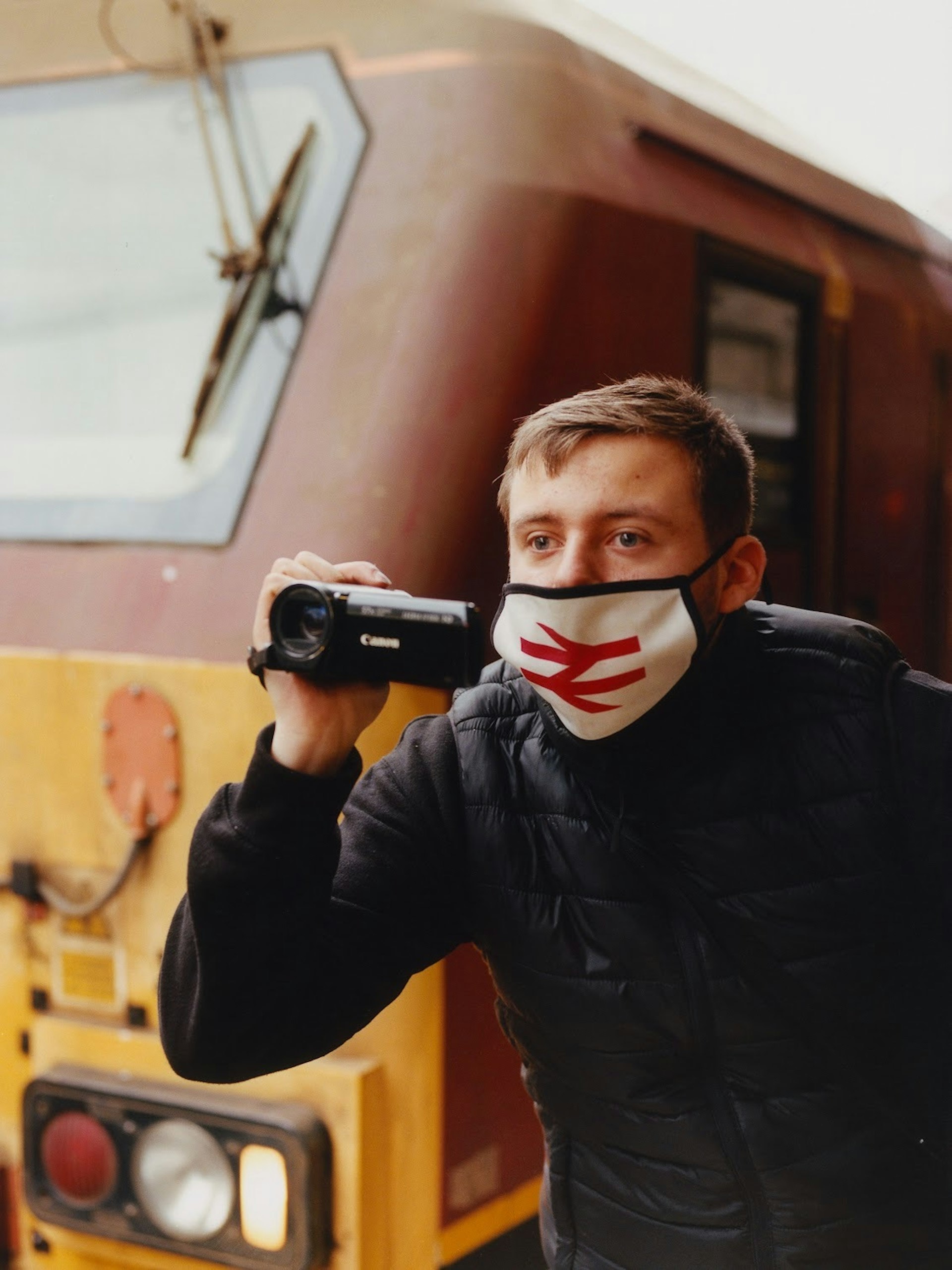
Aiyush Pachnanda on danger, dance floors & demonstrations
- Text by Huck
- Photography by Aiyush Pachnanda
Aiyush Pachnanda first began shooting protests in 2016, when anti-Brexit demonstrations swept the country. It was also around the time he attended his first rave, camera in hand.
He soon found himself enamoured with both environments. As a photographer at his best when documenting dynamic, often dangerous situations, he found sweaty dance floors and crowded streets ripe with potential. Great pictures followed.
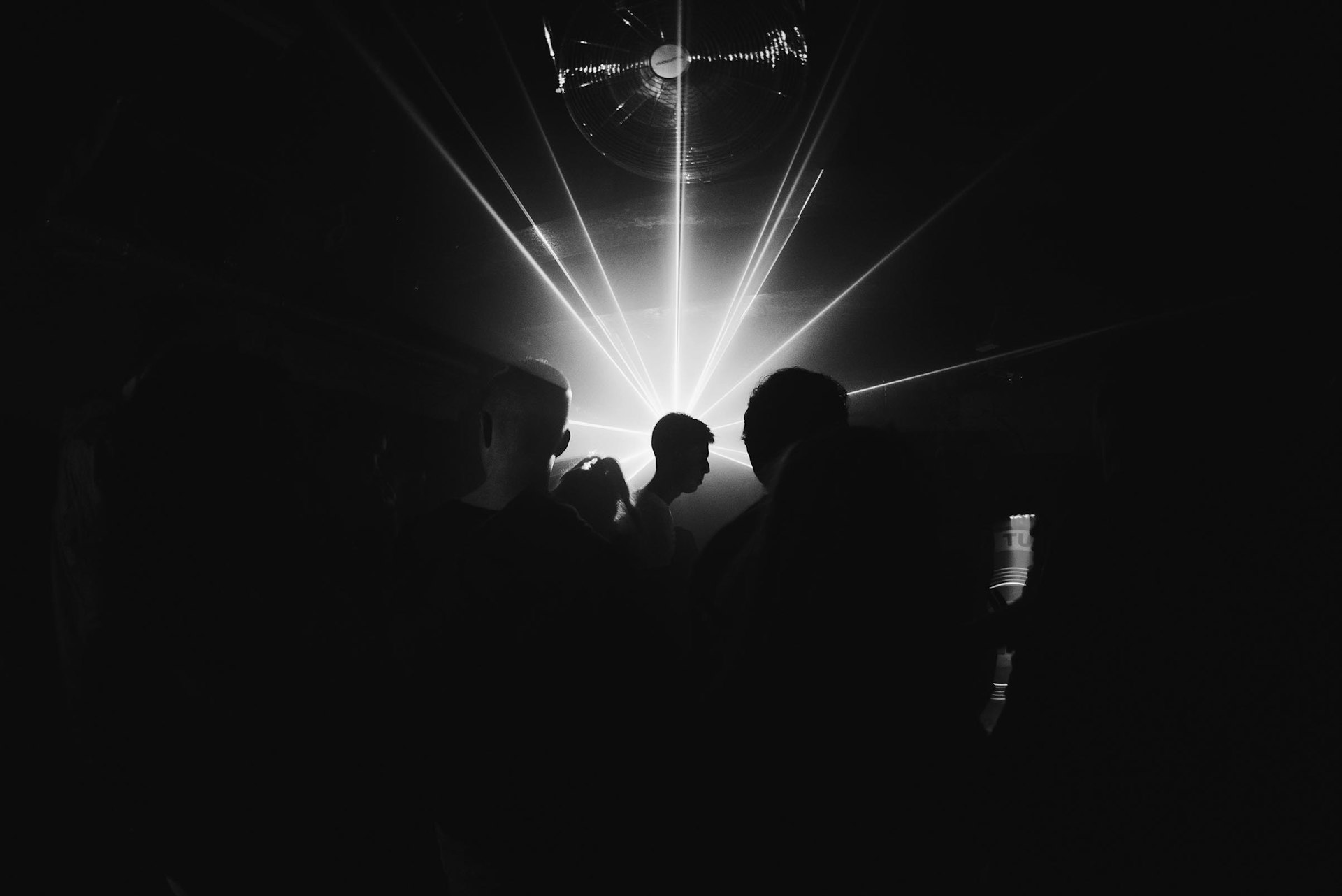 Pachnanda first picked up the camera after realising he was a “terrible” writer, which scuppered his initial dream of being a journalist. In his photography, he has continued to focus on raves and protests, most notably in his book B2B – a compilation of anti-lockdown protests and post-reopening club nights. “The way people move within the groups – protests and raves – is very similar,” he says.
Pachnanda first picked up the camera after realising he was a “terrible” writer, which scuppered his initial dream of being a journalist. In his photography, he has continued to focus on raves and protests, most notably in his book B2B – a compilation of anti-lockdown protests and post-reopening club nights. “The way people move within the groups – protests and raves – is very similar,” he says.
The London photographer is currently using a Nikon D780, Sony a7R III and “the unmatched” Ricoh GR II as vehicles for his storytelling. In the latest instalment of Photographers In Conversation, created in collaboration with MPB, he reflects on his journey shooting with all of them.
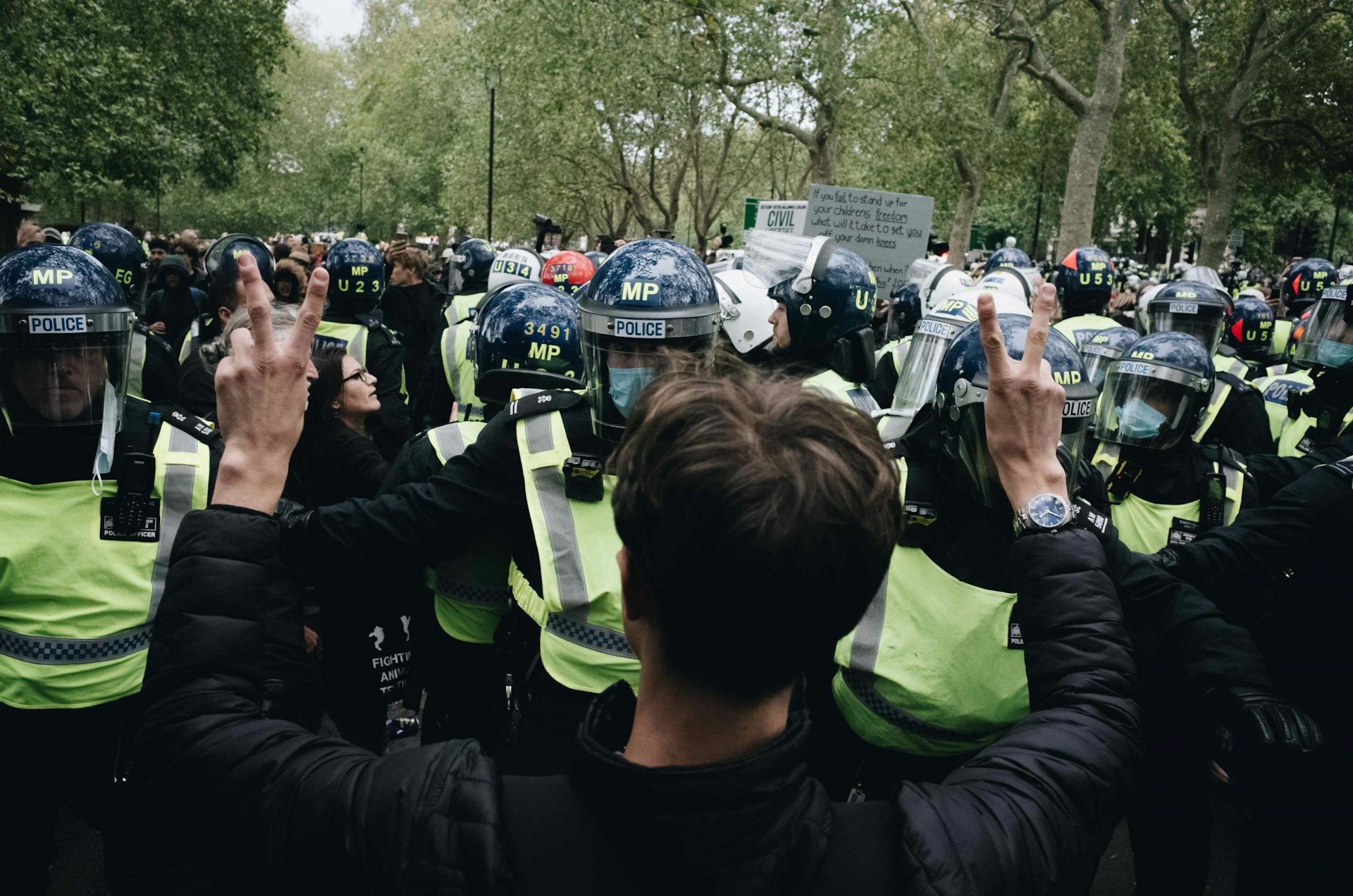 As events, do raves and protests share any similarities?
As events, do raves and protests share any similarities?
They both have a sort of mob mentality when it comes to being in that sort of environment. People follow the speakers, DJs or even a band if there is one there. They move with the people around each other, they are cohesive and act as one. Being in both a protest and a rave is chaotic and they have the element of uncertainty as you don’t know what’s coming.
To flip that – what are the major differences?
The environments they are in are always different – being out in the streets makes you act differently to being in a basement club. The people themselves as well not only have different political views but the way they dress and act is different too. When it comes to long hours on the dance floor, people almost turn into zombies. You don’t really see that in a protest, people tend to be much more angry and looking for people to show first sign of weakness.
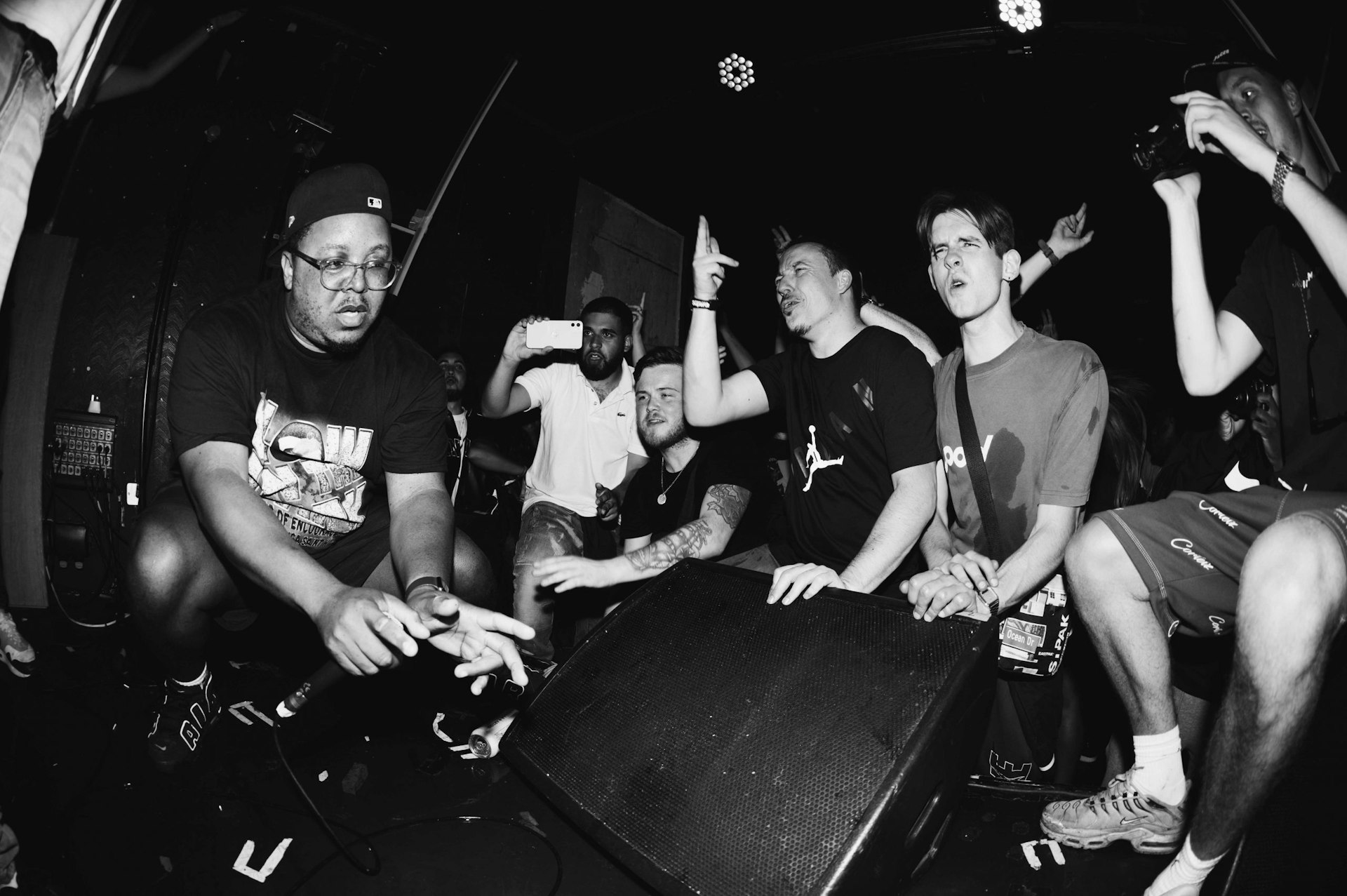 As a photographer, what would you say is your key skill – and how does it come out in your work?
As a photographer, what would you say is your key skill – and how does it come out in your work?
To be a people person. Your camera is a tool, but your voice is more significant than people think. The way you can hold a conversation with people you are photographing not only shows a level of care, but more importantly shows you are interested in the people you are photographing. In the past I have gotten a lot more out of people by speaking to them rather than just assuming they will talk to me because I have the camera.
Has your work ever brought you into a dangerous situation – if so, how did that feel?
Too many times! It’s hard to decide in the moment how to react or what to do, but when I feel something is going to happen that may put me at risk, I rely on my gut instinct. That is to take photos and move. The more I tend to think the worse it gets so I just switch off and shoot almost blindly.
It’s hard to do this, though. Sometimes you get lost in the moment and end up on the wrong side of a police officer’s pepper spray, or a full can of beer flying across a crowd. After a while, these things did take a huge toll on me – and still do. The self-doubt creeps in and scares me quite a lot. But pushing through these difficulties makes me feel courageous, which I think is a double-edged sword. If you can’t feel a photo, you are not close enough.
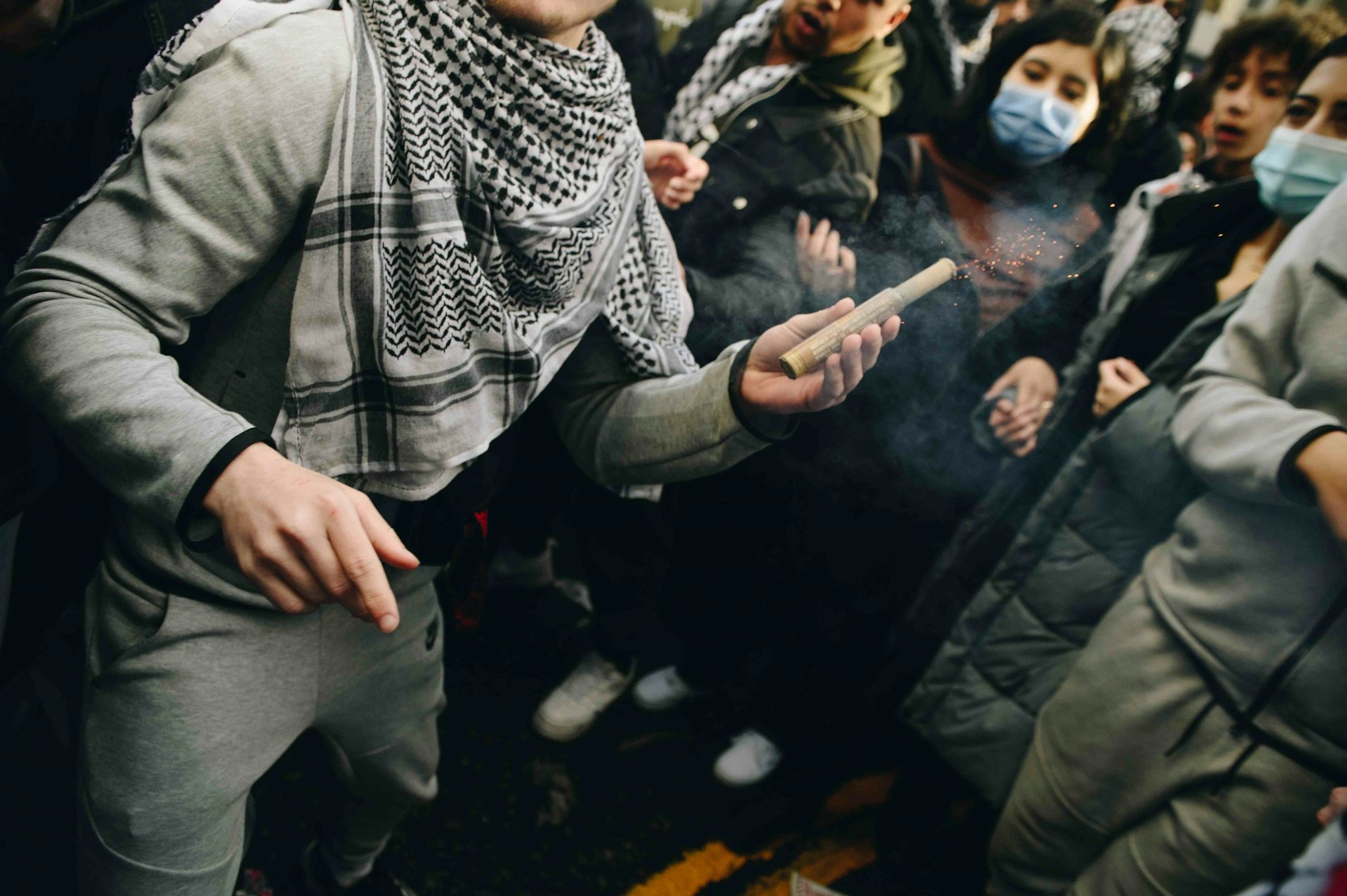 Would you ever attend these kinds of events as a punter, without your camera?
Would you ever attend these kinds of events as a punter, without your camera?
I have a few times and it always felt like I was naked. I tend to bring a camera – be it a small one – with me everywhere now. I feel it’s a way for me to be present with a camera and also be present in the moment. Even if I don’t take any photos, I know I have something to use if a moment falls into place.
Who are your greatest inspirations?
Too many to list. Some of the all-time legendary photographers like Bruce Gilden, Michel Salgado, Gavin Watson and many other people in music and art. I find a lot of my work is dictated by music and this affects how I approach different scenarios.
If you could choose one photo of yours that sums up your approach and style, which one would you pick and why?
It would have to be a photo, taken sometime during the Euros, that shows a football fan lifting up his shirt and showing some tattoos. It was when clubs opened back up post-Covid. Everything was alive for the first time in months, people seemed genuinely connected. There was a sense of cathartic energy roaming around which I am lucky to have witnessed.
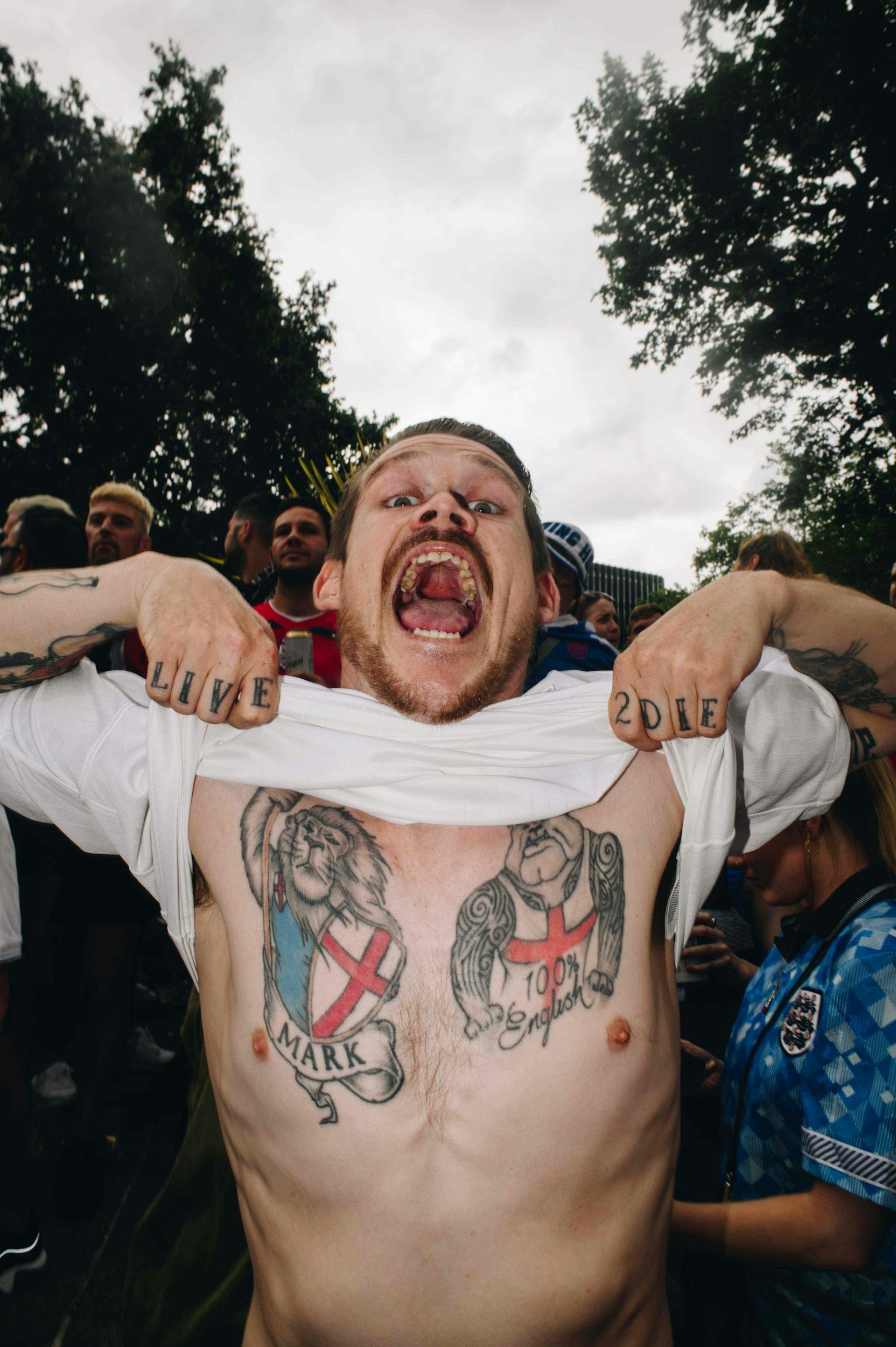 Photographers In Conversation is a series produced in partnership with MPB, the world’s largest online platform for visual storytellers to buy, sell and trade in used photo and video kit. MPB makes kit more accessible and affordable, helping to visualise a more sustainable future.
Photographers In Conversation is a series produced in partnership with MPB, the world’s largest online platform for visual storytellers to buy, sell and trade in used photo and video kit. MPB makes kit more accessible and affordable, helping to visualise a more sustainable future.
See more of Aiyush Pachnanda’s work on his official website.
Enjoyed this article? Like Huck on Facebook or follow us on Twitter.
